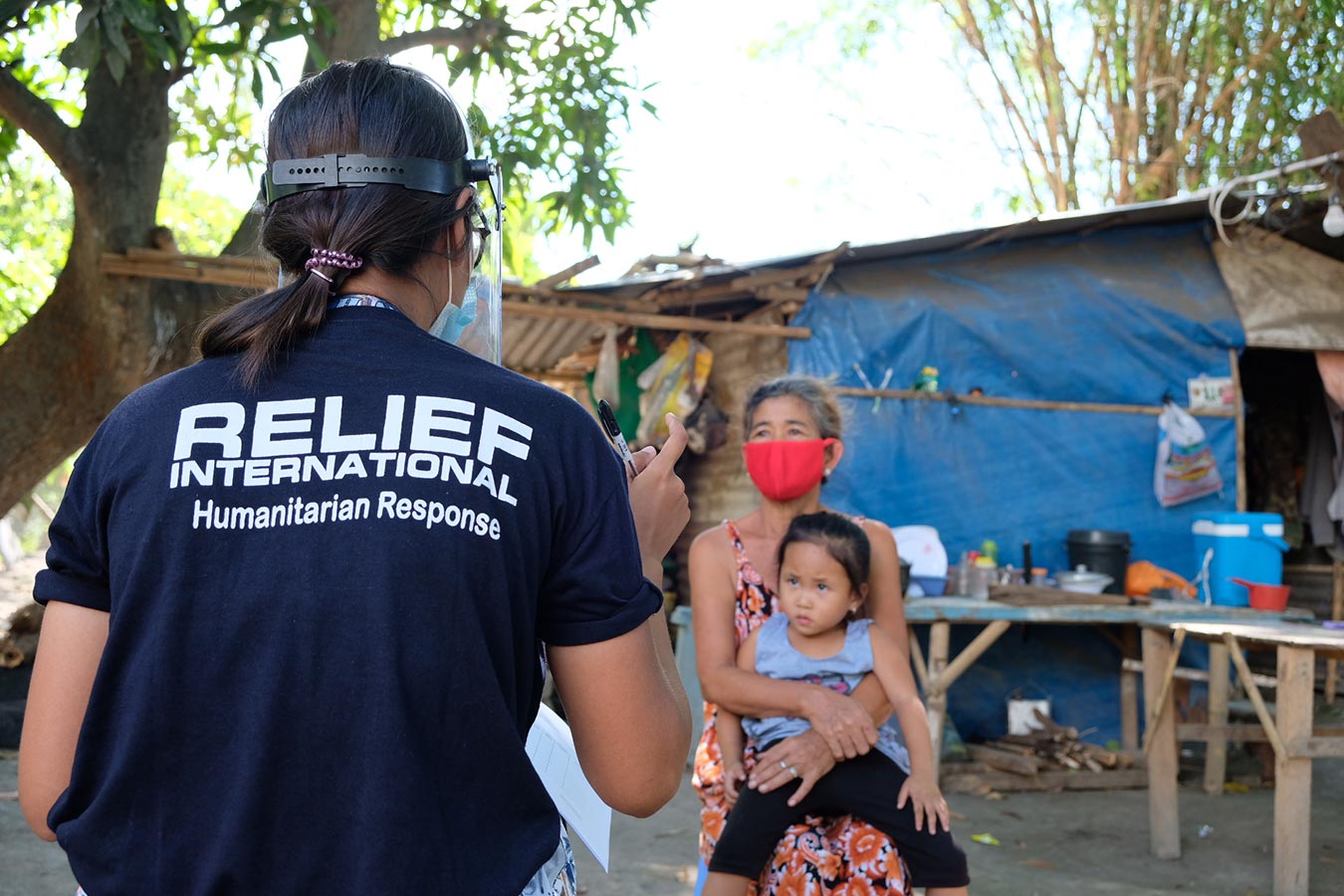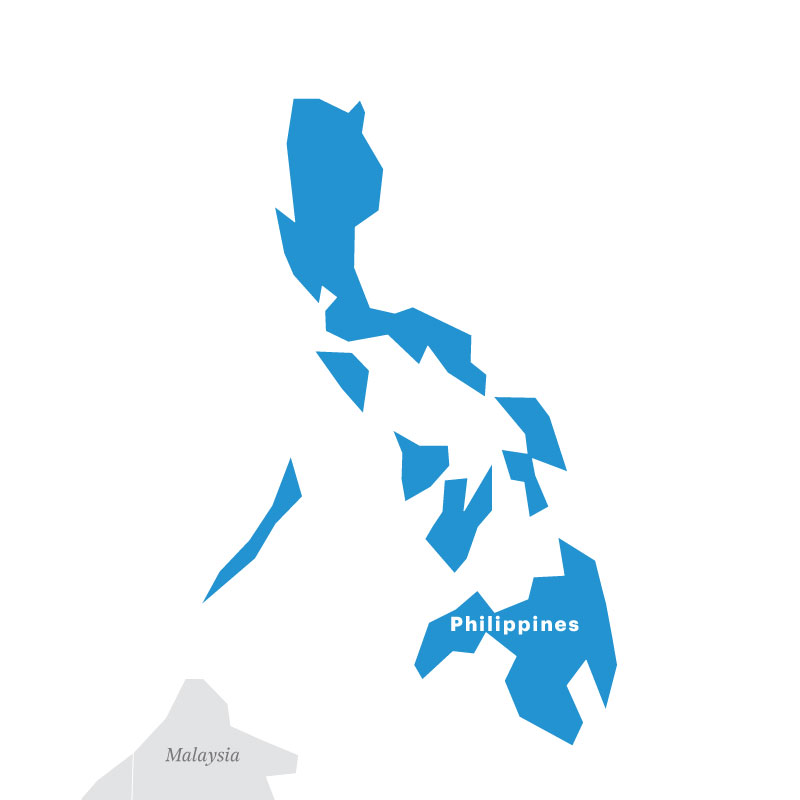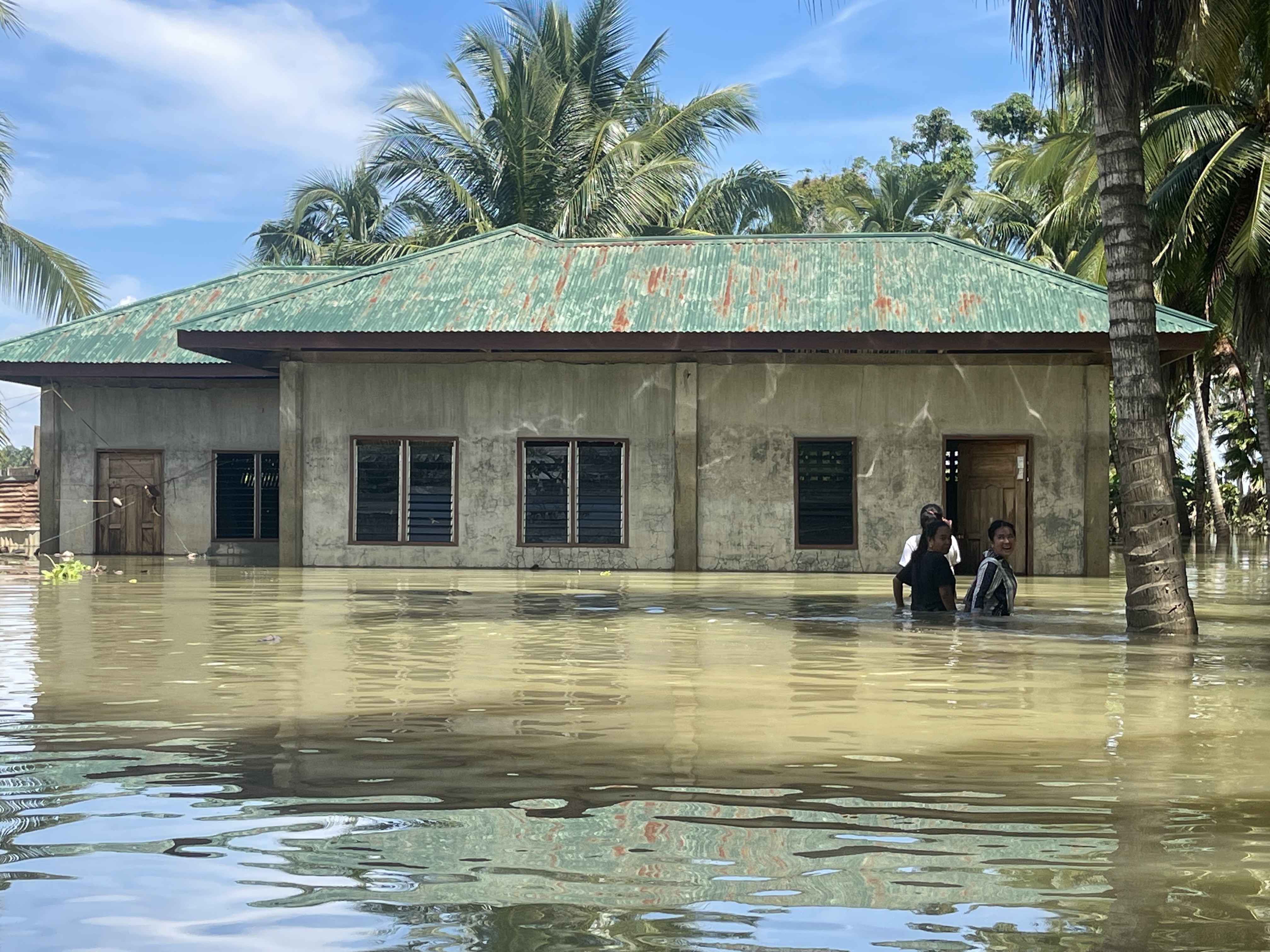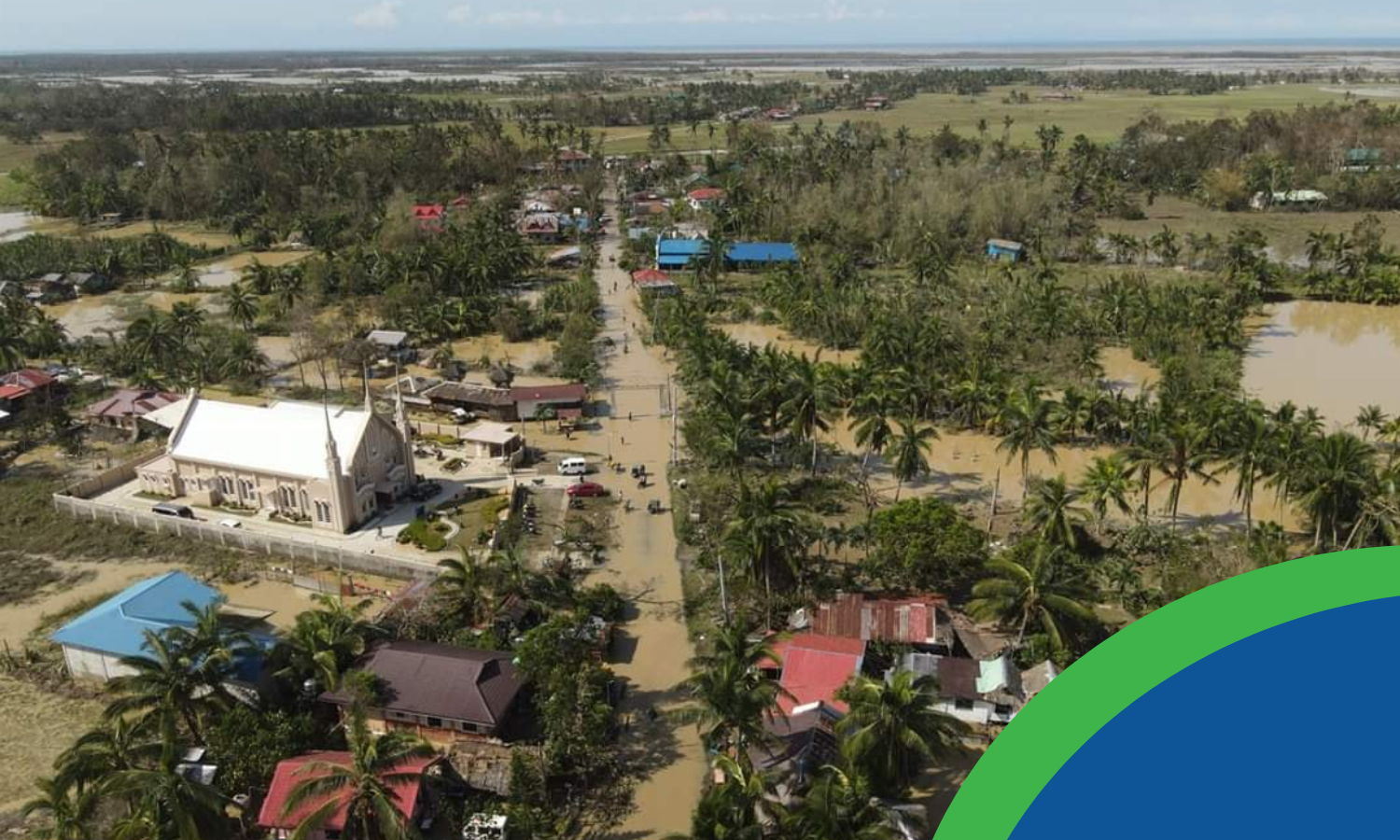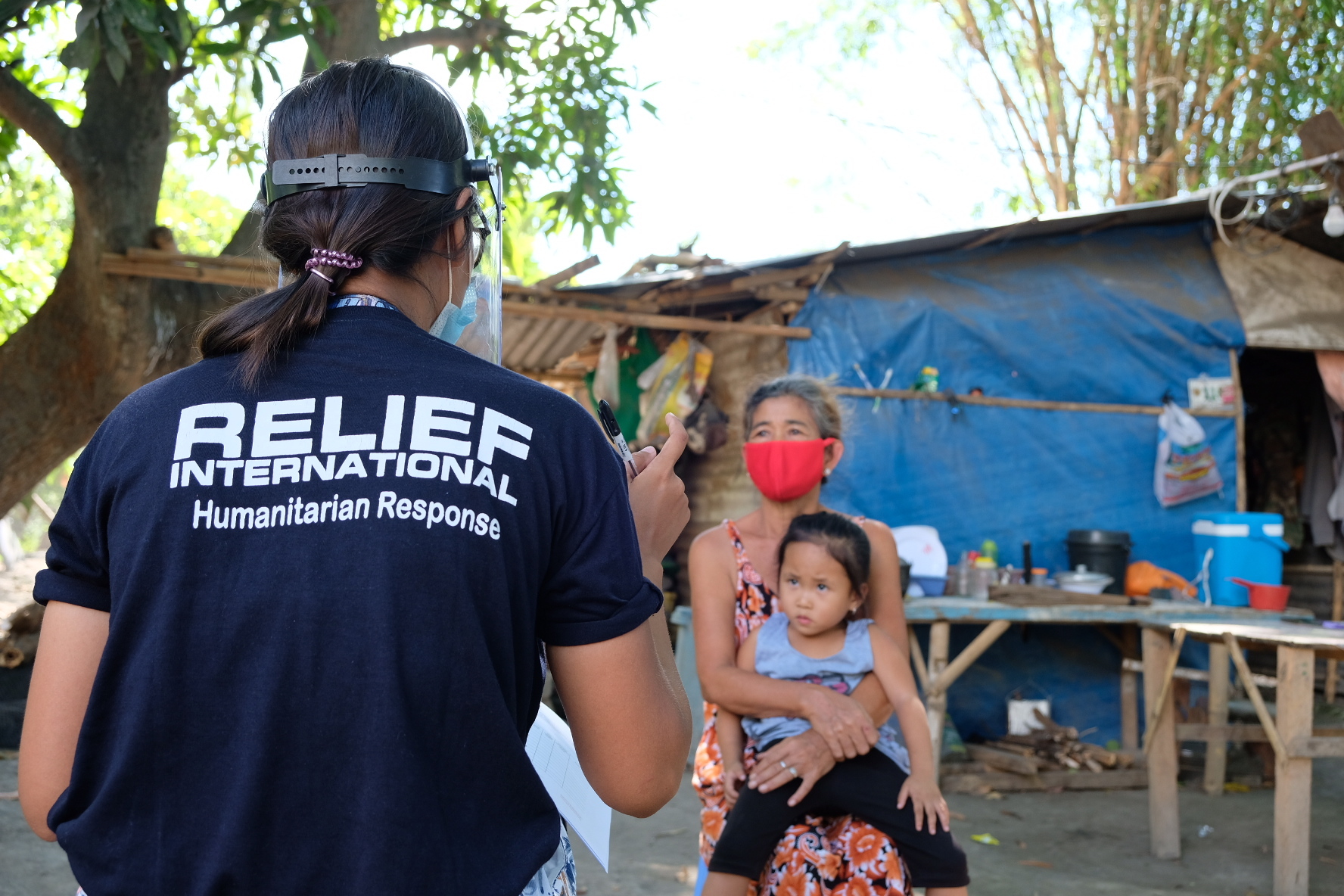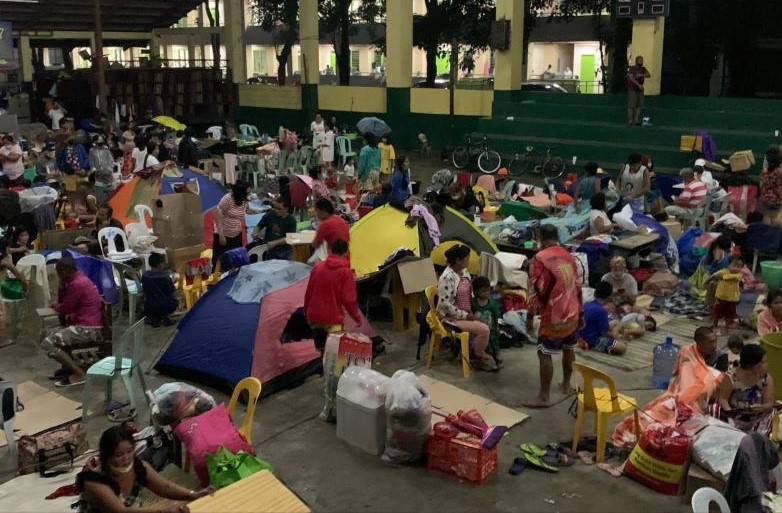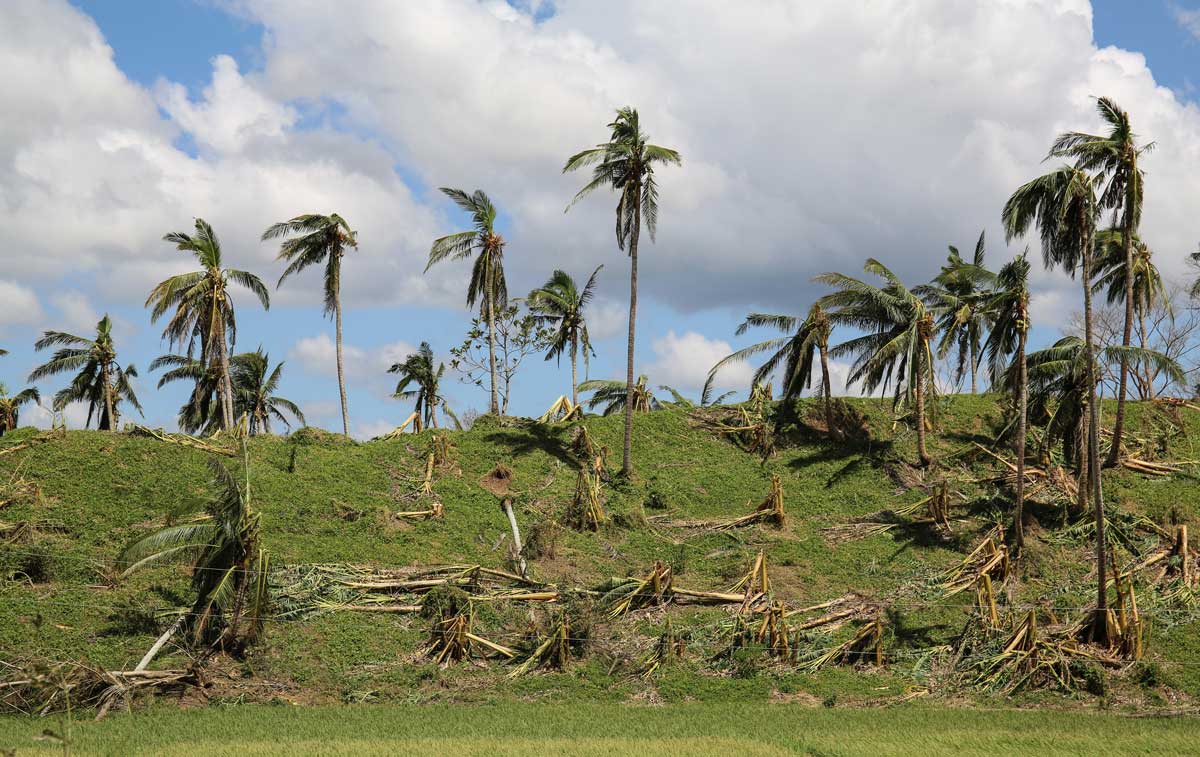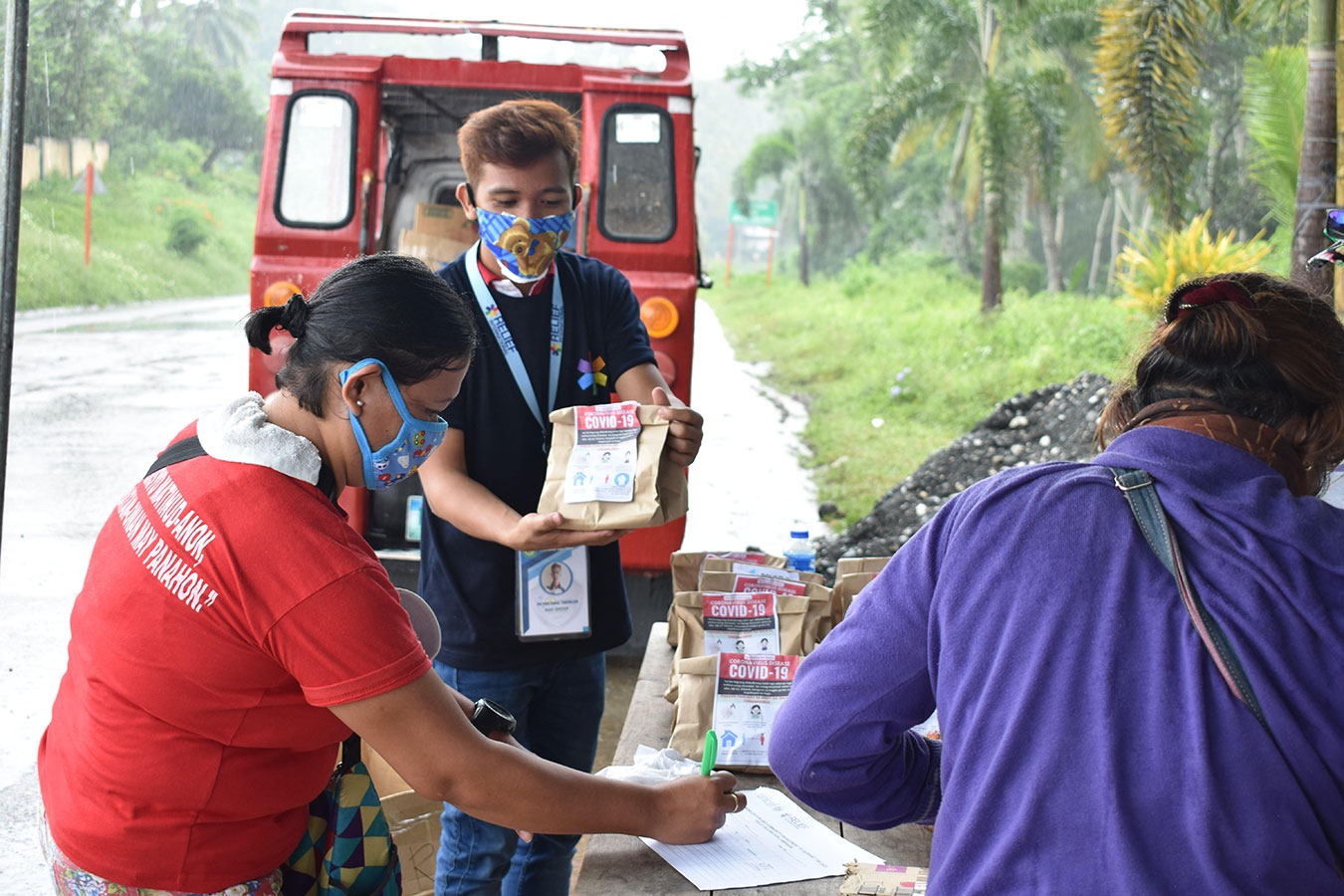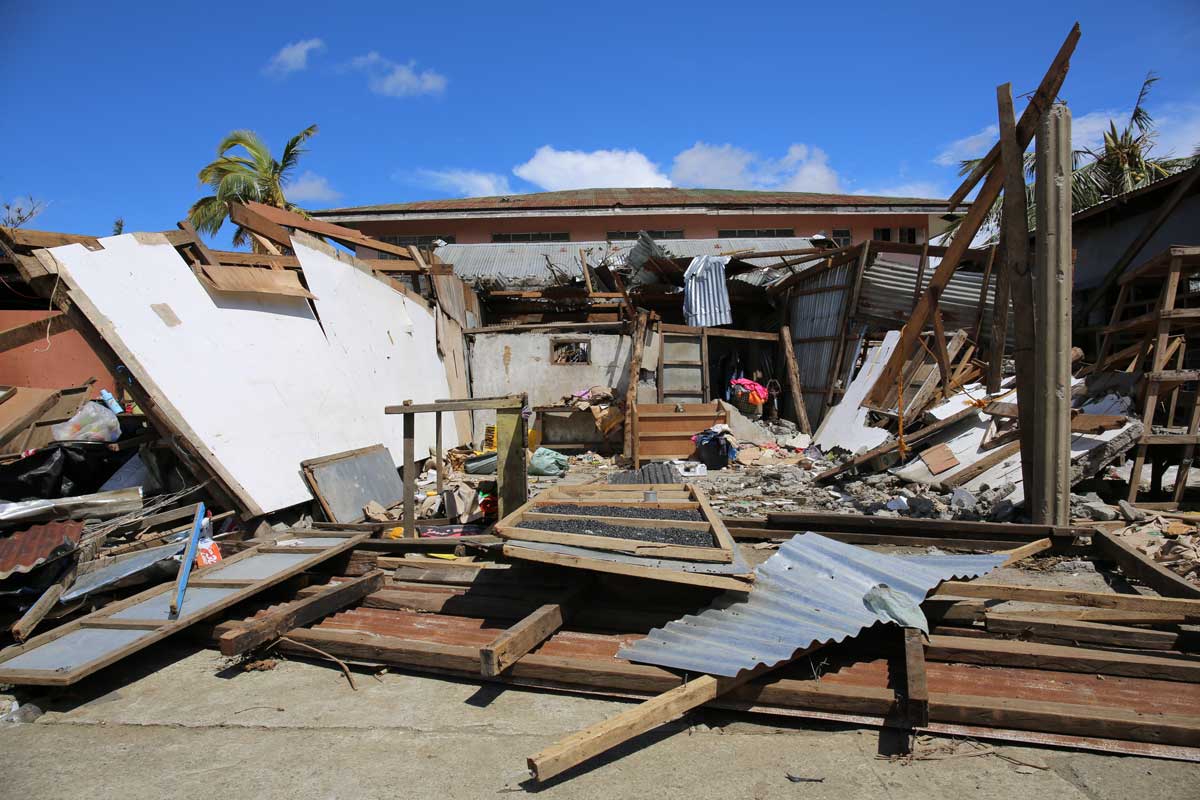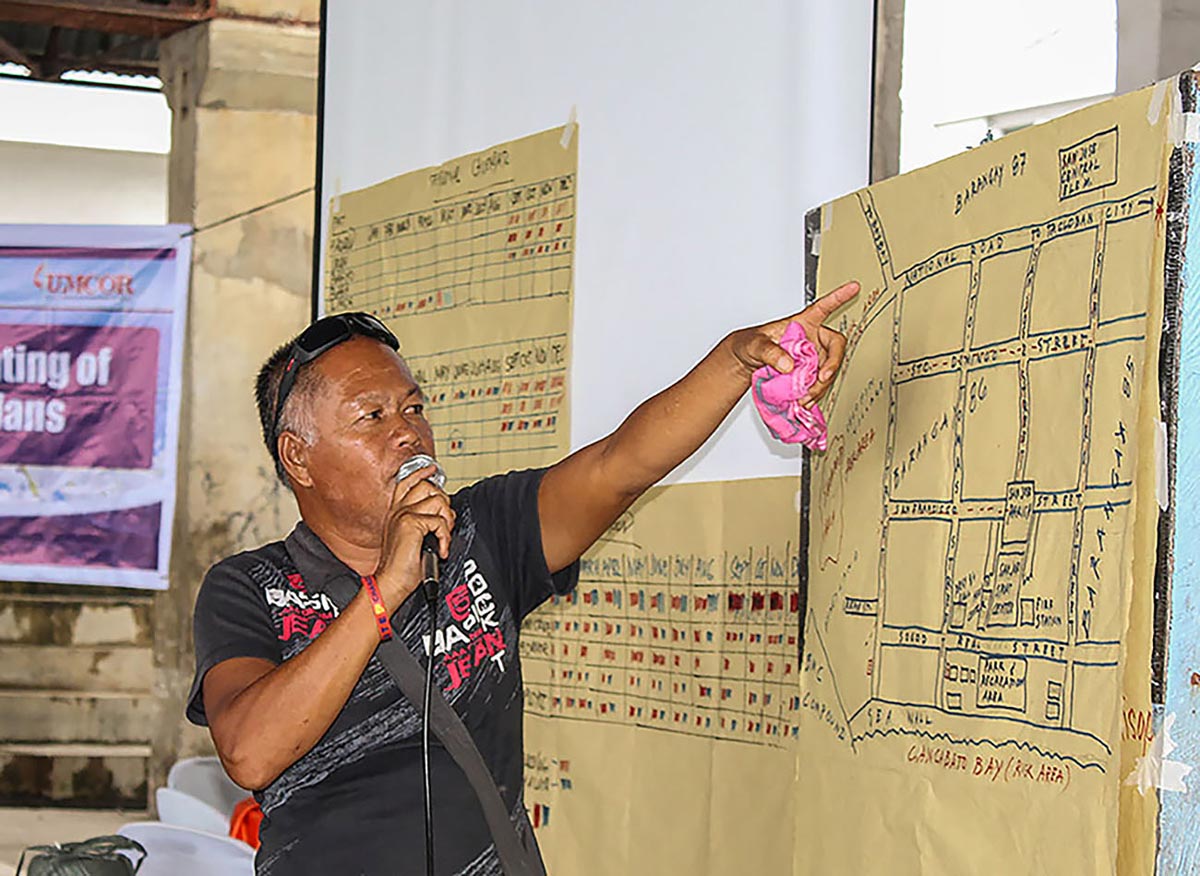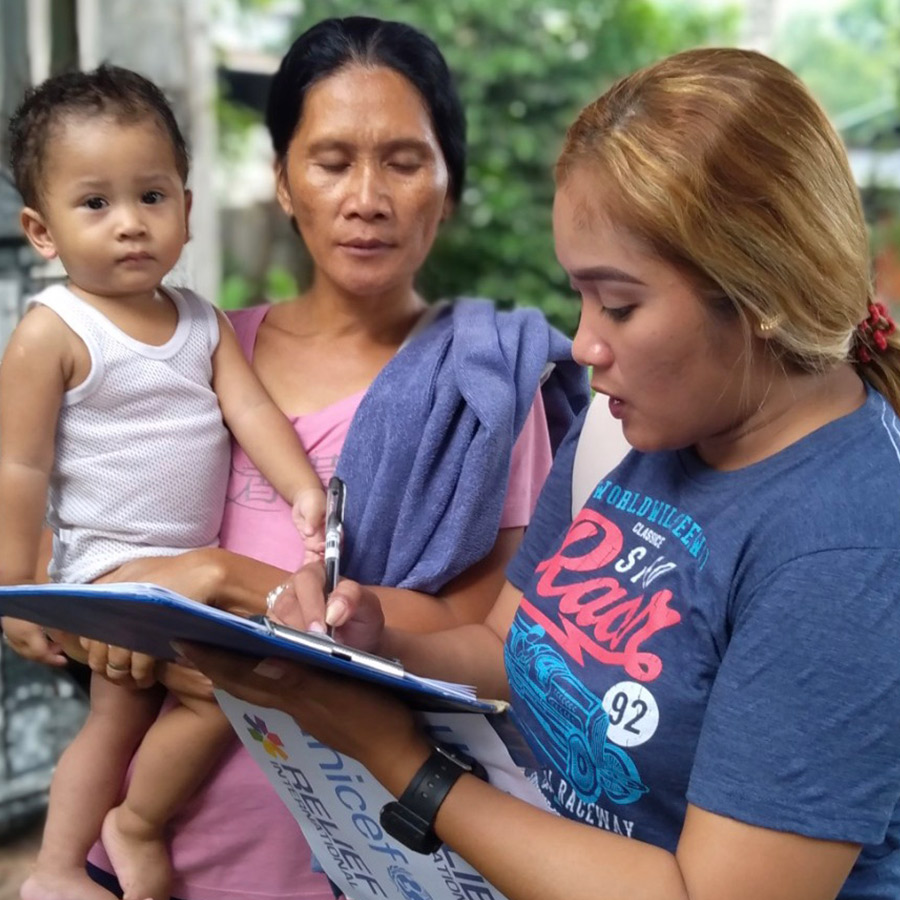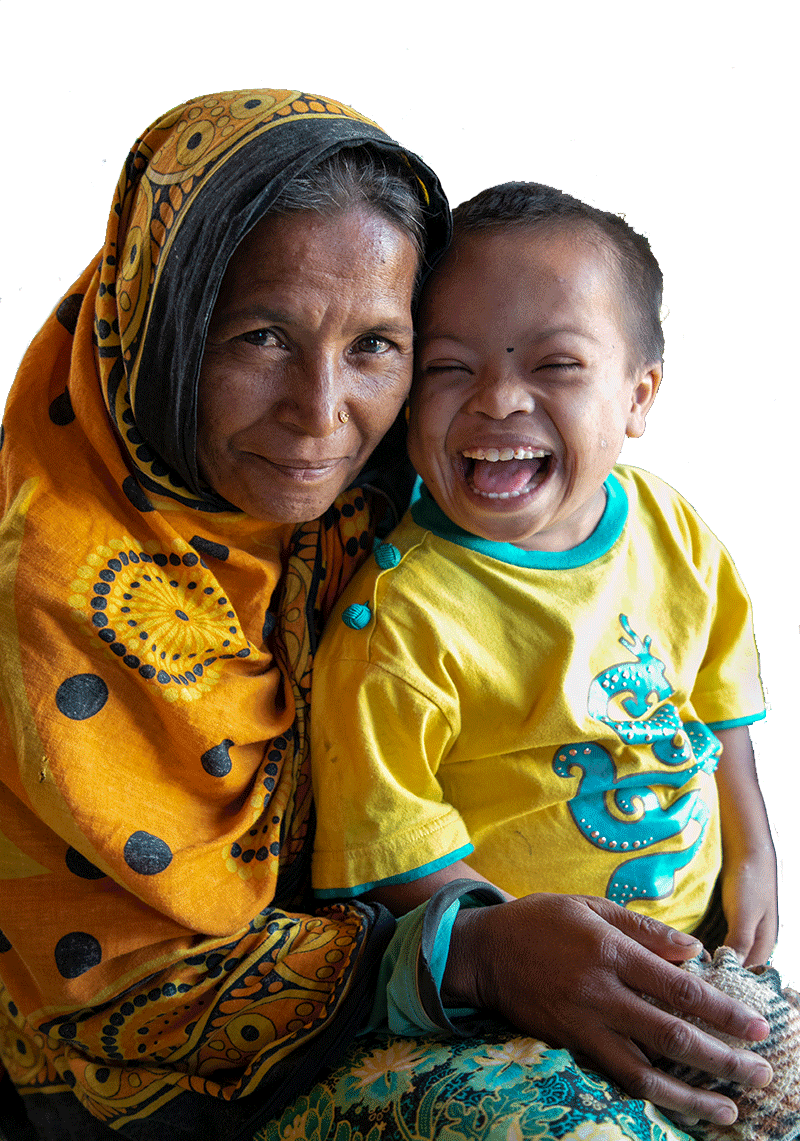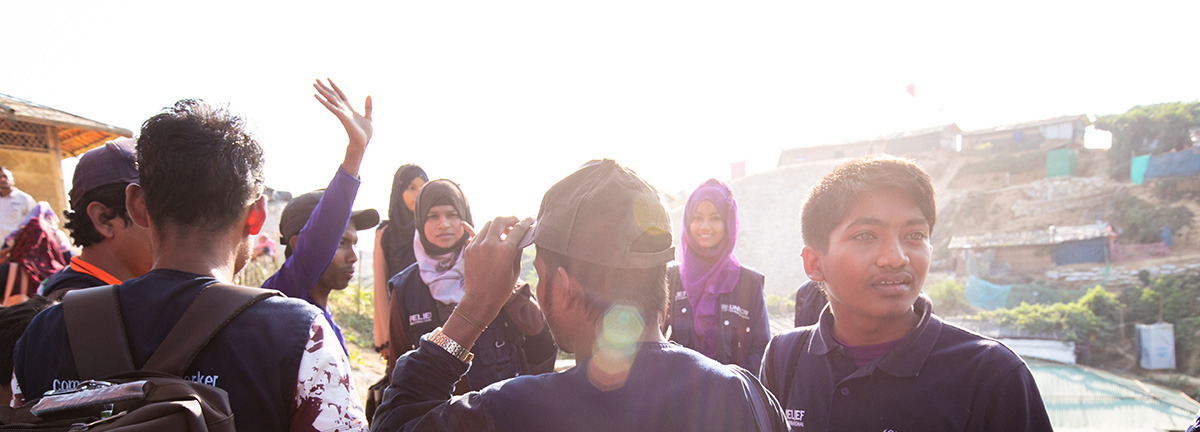The Philippines have been hit by 565 natural disasters since 1990 that have claimed the lives of more than 70,000 Filipinos. Millions are left homeless by each extreme weather event, with their livelihoods destroyed and clean water and food in short supply. And the cycle continues – each year an average of 20 typhoons make landfall, leaving affected communities repeatedly grappling with hunger, disease, and chronic poverty.
Not all Filipinos are sharing in the benefits of the country’s economic rise. The Philippines is home to over 14 million indigenous people who are particularly vulnerable to some of the changes that can accompany rapid economic growth. Deforestation and mining, for example, can cause them to lose their homes, food sources, and livelihoods. Insecurity over land tenure can create conflict between indigenous groups, businesses, and government
In 2017, conflict in the city of Marawi in Mindanao caused over 350,000 people to flee their homes, leaving over a thousand dead, with property damages exceeding €300 million. Two years later, some 60,000 people yet to return home, living in transitory centers or in neighboring host communities. Persistent armed conflict between the Armed Forces of the Philippines (AFP), militant groups, clans and inter-ethnic tensions have led to frequent short and long-term population displacement.
